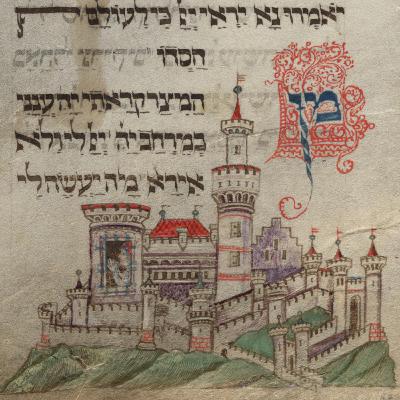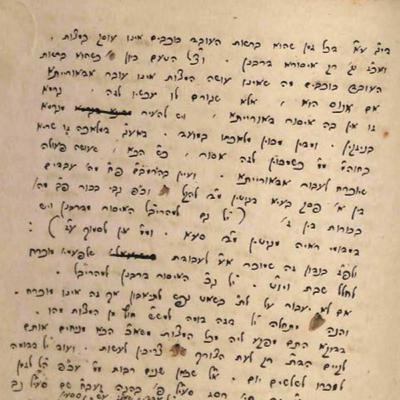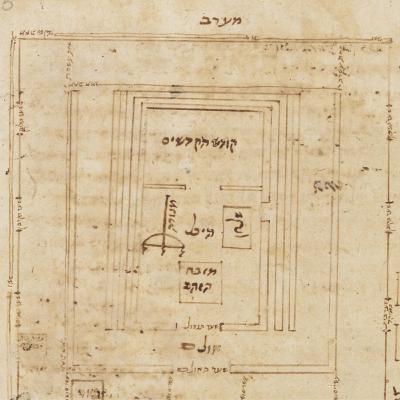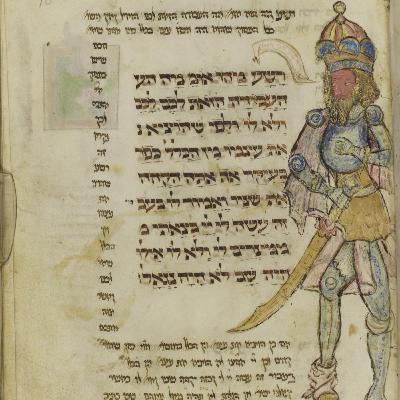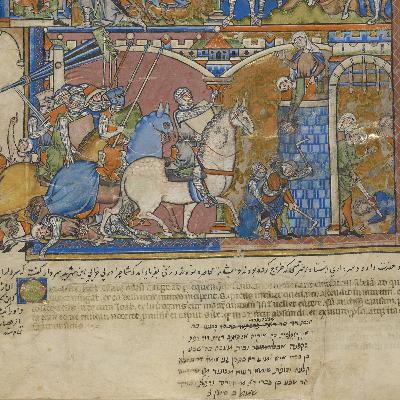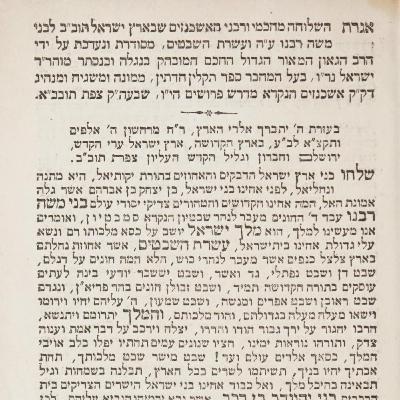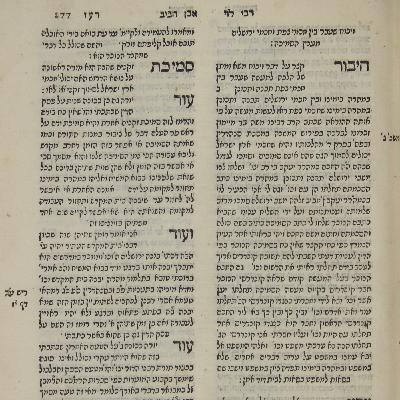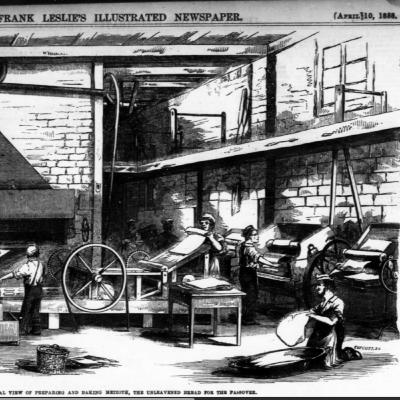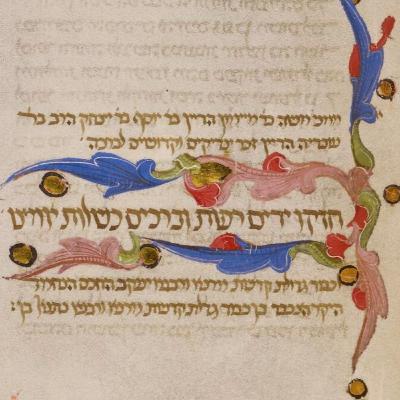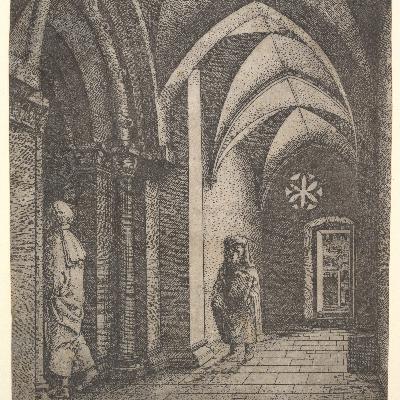Discover Classes by Mordechai Dinerman
Classes by Mordechai Dinerman

133 Episodes
Reverse
This class takes up one of the most challenging moral questions in Halachah: how far should we go to redeem captives? We’ll look at how this issue unfolded in Jewish communities around the world during the fifteenth and sixteenth centuries—what actually happened, and how the poskim grappled with the Mishnah’s rule against paying more than market value. In a future class, we’ll revisit this topic in the modern context of Israel and its ongoing struggle against terrorism. The Hostage Dilemma: Part I
In this class, we’ll trace how the sale of mitzvos in shul began, why it caught on, and how it spread across the Jewish world. We’ll look at halachic debates about selling on Shabbos and Yom Tov and at the fiery disputes that erupted over bidding rights, auction miscommunications, and the occasional auctioneer mischief. We’ll also hear from the voices who opposed the practice and what their protests reveal about their communities and times. Bidding Wars: Inside the History of Selling Shul Honors
Ever feel like some piyutim just don’t flow right, as if the stanzas are out of order? Join us for a historical detective journey as we trace the piyut V'chol Maaminim and explore its possible connection to the enigmatic poet Yannai, whose true genius was hidden for centuries. We’ll uncover forgotten clues from the Cairo Geniza and reveal the song’s original, elegant structure. Finally, we’ll explore how key ideas from Chasidus unlock profound messages within its stanzas—a perfect way to enter the new year. We’ve Been Singing It All Wrong? Solving the V'chol Maaminim Mystery
Jews have been talking in shul for centuries, and rabbis and communities have tried countless ways to stop it. From twelfth-century Cairo to the Lower East Side in the early 1900s, this struggle has played out across Jewish communities worldwide. This class offers a light yet thoughtful examination of the history of “shul chatter” and how Jews have navigated it through the ages. The Saga of Shul Shmoozing: A Historical Look at Talking in Shul Across the Centuries
In 1827, Czar Nicholas I decreed that Jewish boys and young men be conscripted into the Russian army, a policy that shook Jewish life in Russia to its core. Communities debated and attempted various strategies to confront this crisis, and in that context, the Tzemach Tzedek was asked whether a particular approach was permissible. In this class, we’ll explore the historical backdrop, unpack the Tzemach Tzedek’s responsum, and work together to understand its meaning. The Cantonist Crisis
In this class, we will delve into the architectural anomaly of the “four halls” described in Yosifun’s account of the Beis HaMikdash. This description contradicts the sources in Chazal, and as we will discover, there is a fascinating history behind how this peculiar design came to be. The Four Halls That Never Were: A Critical Look at Yosifun’s Design of the Beis Hamikdash
What do you do when the government demands soldiers and says you have to choose who goes? That’s exactly what Jewish communities in the late 1700s faced when the Austrian-Hungarian Empire started drafting Jews into the army. In this class, we look at how the rabbanim responded to this impossible situation and uncover the moral struggle beneath their rulings. The Draft Dilemma: The Chilling Reality of Jews Deciding Who Gets Drafted
Can a Jewish community surrender one of its own to save the many? This class explores three cases from the 1600s and 1700s, where this wrenching question was brought before leading rabbanim. We’ll learn about the details of each case, the rulings the rabbis issued, and the Talmudic sources that shaped their decisions. The Dilemma of Handing Over One to Save Many
Today, we’ll examine the debate in Venice in 1630 over a communal ban against gambling. Local leaders moved to outlaw games of chance, but Rabbi Yehuda Aryeh Modena pushed back, arguing that the community had no right to restrict a Jew’s freedom in this area. Along the way, we examine the authorship of an anonymous 1595 dialogue on gambling, offering an overview of the halachic arguments and a window into public attitudes about his subject at that time. The story comes full circle as we turn to explore Rabbi Modena’s unique and candid autobiography. The Rabbi Who Couldn’t Quit Gambling
In 1725, Rabbi Zalman Hena published Shaarei Tefilah and sparked controversy by calling for a complete stop to the use of taam ha’elyon—the unique system of trop traditionally used for reading the Aseres Hadibros. Rabbi Yaakov Emden wasn’t having it and fired back forcefully in his Luach Eresh. This class unpacks their debate, the sources they cite, the Alter Rebbe’s position, and what we know about the two competing systems of trop for reliving Matan Torah. Up High or Down Low? The Battle Over the Proper Trop for the Aseres Hadibros
Today, we’re picking up where we left off in the story of chidush hasemicha. We’ll look at what unfolded after Rabbi Levi ibn Chabib pushed back against Rabbi Yaakov Beirav’s plan and how the controversy evolved in the decades that followed. We’ll dive into Rabbi Yosef Caro’s role in the debate and then turn to the remarkable mission in the 1830s, spearheaded by Rabbi Yisrael of Shklov, to find the Ten Lost Tribes in a bold attempt to revive semicha. The Great Semicha Controversy, Part II
After the Spanish Expulsion, a group of leading rabbis in Tzfas, led by Rabbi Yaakov Beirav, set out to revive semichah—the original form of judicial ordination that linked back to Moshe Rabbeinu. They planned to reestablish semichah through broad rabbinic consensus, but not everyone was on board. In Jerusalem, Rabbi Levi ibn Chabib strongly objected, raising serious questions about the halachic basis and the broader implications of the move. This class explores the halachic arguments, the historical backdrop, and the deeper motivations behind one of the boldest and most controversial rabbinic initiatives. The Great Semicha Controversy, 1538
There’s a long and painful history of the Gemara being censored in Christian lands, but in 1728, a draconian form of censorship led to the publication of a heavily redacted Maseches Berachos. A fierce debate erupted within the Jewish community: was it better to print a mutilated Gemara, or not to print it at all? In this class, we explore the rabbinic voices on both sides, the arguments they advanced, and actual examples of the edits. It’s a compelling glimpse into a community grappling with impossible choices under the weight of galus. Link to this 1728 edition: https://books.google.com/books?id=IW9iAAAAcAAJ&printsec=frontcover&source=gbs_ge_summary_r&cad=0#v=onepage&q&f=true The Doctored Talmud: Prague, 1728
Sometime in the mid-1400s, Rabbi Shlomo Duran of Algiers penned a remarkable teshuvah directed at a group of conversos in Spain. These individuals, who had been forced to embrace Christianity since the 1391 persecutions, had managed to maintain their Jewish faith in secrecy. Their question centered on how they could refrain from the worst forms of chametz on Pesach without drawing the suspicion of the authorities—an endeavor fraught with challenges. This teshuvah touches on many halachic elements regarding chametz and reveals the Marranos' historical struggles in mid-fifteenth-century Spain. The Marranos’ Secret Pesach
In the 1850s, a groundbreaking innovation was introduced in Galicia: machines to facilitate matzah production. What followed was a fierce and dramatic conflict that shook the Jewish world. Pamphlets were published on both sides, each defending its position with vigor, leading to intense debates over halachah, minhag, and economic policy. In this class, we jump into the heart of the controversy as it played out in the late 1850s—the first phase of this conflict—and then explore how later Chabad sources engaged with this issue. The Machine Matzah Controversy
The Alter Rebbe’s unique script for safrus has a rich and winding history. It has been inked, shelved, revived, and debated—and everyone seems to have an opinion. So, what is the story behind this ksav? What sets it apart? Why do some embrace it wholeheartedly while others remain unsure? This class explores its historical trajectory, some of its writing nuances, and the ongoing conversation around its adoption.Links to images:Megilah of Rebbe Maharash in Aguch library:https://hebrewstam.blogspot.com/2013/03/blog-post_120.htmlMegilah attributed to Rebbe Maharash, Carlebach family:https://yeshivasstam.com/maharashTefillin of the Frierdiker Rebbe:https://hebrewstam.blogspot.com/2012/11/blog-post_19.html#comment-formTefillin attributed to Reb Reuven Sofer, Gurary family:https://hebrewstam.blogspot.com/2016/01/blog-post_21.htmlThe Story of the Alter Rebbe’s Script
In the mid-12th century, the Almohads swept across North Africa and Spain, driven by a vision of a strictly unified Muslim society. For the Jewish communities under their rule, the choice was stark and unforgiving: convert, flee, or face death. Many outwardly embraced Islam while secretly maintaining their Jewish faith. A rabbi from afar denounced these covert Jews, insisting that their hidden devotion was meaningless. Rambam, however, fiercely rejected this view. In his Igeres Hashmad, he offered a scholarly and compassionate perspective, guiding his brethren through one of the most harrowing dilemmas in Jewish history. Rambam, the Almohads, and the Secret Jews
In the 1170s, the Jewish community in Yemen faced an existential crisis: a radical ruler forced them to convert to Islam, an apostate Jew spread anti-Jewish propaganda, and a self-declared Messiah sowed confusion. In response, the Rambam penned one of his most powerful letters, offering guidance and encouragement. As we approach the 44th Siyum HaRambam, we revisit this extraordinary letter, its historical context, and its enduring lessons. Rambam to the Rescue: His Legendary Letter to Yemen
In the 1470s, a series of outrageous blood libels were leveled against Jewish communities in the Germanic lands, including one in Regensburg. To secure their acquittal, the Jews of Regensburg needed an enormous sum of money—far beyond their means. The rabbis gathered in Nuremberg to strategize and ultimately turned to Rabbi Yosef Colon in Pavia with a pressing question: Could they obligate all Jewish communities in the Holy Roman Empire to contribute to helping the Jews in Regensburg? Rabbi Yosef Colon’s response is a masterful work of Talmudic analysis and a sobering reflection on the historical realities of the time. The Regensburg Blood Libel
On the fifteenth of Shevat, 1348, in the city of Tudela, a man named Yosef performed kidushin with a young woman named Belita. What began as a seemingly ordinary wedding ceremony quickly became a shocking controversy. People who were present asked Belita whether she was truly consenting, and instead of her confirming, it was her father who spoke on her behalf. Further investigation revealed that Belita had previously stated her refusal to this marriage not once but twice, and, in fact, was already married to her uncle Avraham. To complicate matters, she was also engaged to a third man! On the eve of the Black Death sweeping through Europe, this tangled web of relationships turned into a halachic dilemma that ultimately reached the desk of Rabbi Yehudah, son of the Rosh.
The Scandalous Marriage, 1348


